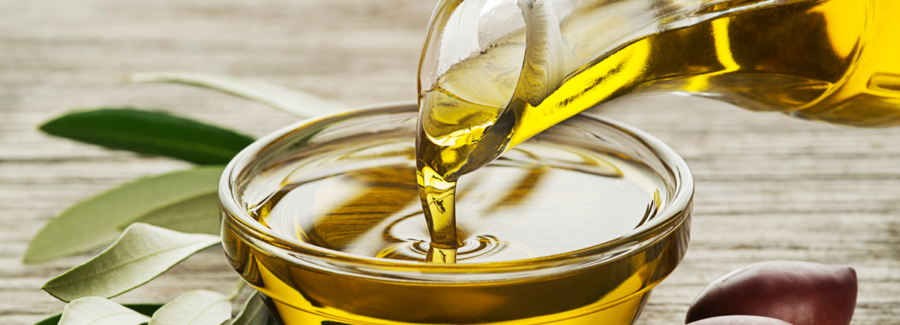Olive Oil Scam: Is Your Olive Oil Real?
Olive Oil Scam? As the heart and health benefits of the Mediterranean Diet became more popular about ten years ago, olive oil became its center of attention. This oil was touted as being capable of lowering cholesterol, reducing the risk of heart disease, and controlling blood sugar.
Regardless of all these claimed benefits, you may not be getting them from your 100% extra virgin olive oil bottle. How come? Olive oil is, unfortunately, one of the most corrupt industries in history despite its popularity. Its corruption dates back to the 24th century B.C., and contamination and misrepresentation are still happening today.
According to current studies, 70% or more of olive oils tested are not genuine. Instead, they usually contained fillers such as cheaper, unwholesome, and highly refined oils.
Several years later, Tom Mueller’s book Extra Virginity: The Sublime and Scandalous World of Olive Oil revealed additional concerns about the corrupt nature of Italy’s olive oil industry. Sellers are misleading consumers by selling cheaper, low-grade oils and adding artificial flavors and colors. It’s quite frightening.
Verifying the quality of your olive oil
You can only know for certain that the oil you’re using comes from the first pressing of the fruit if you know your farmer and learn how the oil is processed. However, if you want to buy authentic olive oil instead of the fake kind, there are some signs you can look for.
The following information is important:
Don’t fall for an olive oil scam.
Observe how it’s packaged. For example, keeping olive oil in the dark, colored glass that blocks U.V. light is best, not using clear glass or plastic. Better yet, seek out a local business owner, who stores the oil in stainless steel containers under temperature control, and bottles it as needed.
Despite the ‘extra virgin’ label not being a guarantee of quality, “bad” olive oil often wears the mask of “light” “pure,” or simply just “olive oi.” It typically comes in plastic bottles, is lighter in color, and doesn’t have that rich olive smell.
Take a look at the label. Pay attention to the dates. Pay attention to the expiration date, but check the harvest date, too. An oil without a harvest date may be years old, or it may not be olive oil.
It would help to examine how the oil is processed and where the olives are grown. There is a greater likelihood that the olives used in this product are the real thing if more information is provided about their region, grower, and type.
The best location to buy from is actually California, not Europe. One would think the highest quality olive oil would come from a European country. However, studies show California produces the most authentic olive oil. In addition, due to California Olive Oil Council’s more stringent standards, California oils were far less likely to be contaminated.
Spend more if you have to. Olive oil production and cultivation are expensive. That’s why so many manufacturers contaminate their products to make them cheaper for themselves and consumers. Of course, the cost of olive oil does not guarantee its quality product, but if you buy the cheap olive oils (light in color, stored in plastic), you really aren’t buying olive oil. You’ve been scammed.
Did You Enjoy Olive Oil Scam: Is your Olive Oil Real?
Browse additional articles here, at BeyondOrganicDoctors.com







Leave a Reply
Your email is safe with us.